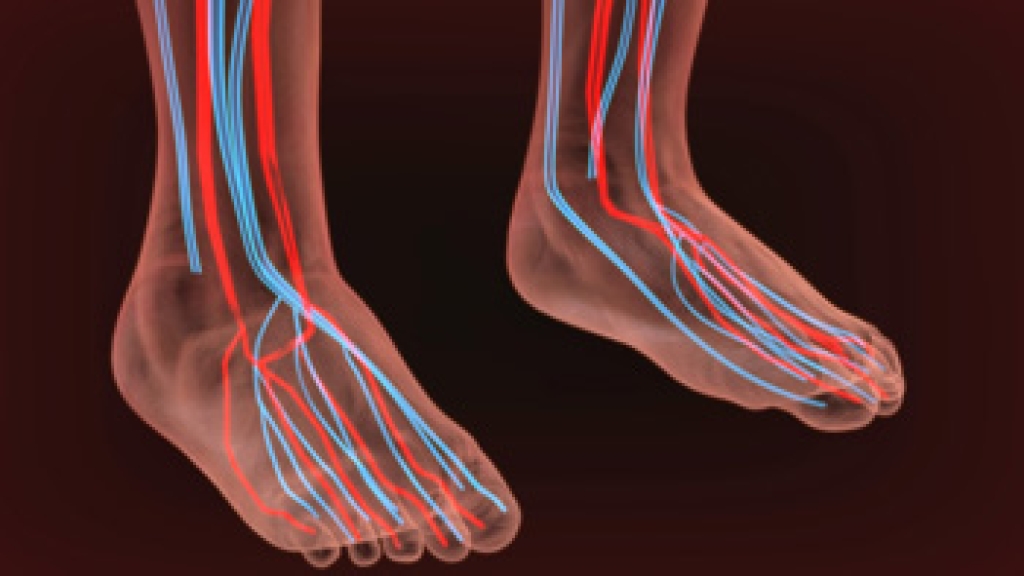
A common sign of poor circulation is cold feet. Additionally, some patients feel a numbing or tingling sensation, and may have hair loss on the legs. Poor circulation can cause cracked heels, wounds to heal slower, and toenails may become weakened. This condition may be a symptom of underlying medical conditions, including diabetes, arteriosclerosis, or peripheral artery disease, and specific risk factors may precede these conditions. These can consist of smoking, having high blood pressure or cholesterol, and becoming physically inactive. Research has shown that poor circulation may be improved by having frequent massages, wearing compression socks or stockings, and practicing relaxation techniques. Poor circulation of the feet can cause difficulty in completing daily activities. If you are afflicted with this ailment, please consult a podiatrist for an effective diagnosis and treatment program.
Poor circulation is a serious condition and needs immediate medical attention. If you have any concerns with poor circulation in your feet contact Elie C. Daniel, DPM of Illinois. Our doctor will treat your foot and ankle needs.
Poor Circulation in the Feet
Poor blood circulation in the feet and legs is can be caused by peripheral artery disease (PAD), which is the result of a buildup of plaque in the arteries.
Plaque buildup or atherosclerosis results from excess calcium and cholesterol in the bloodstream. This can restrict the amount of blood which can flow through the arteries. Poor blood circulation in the feet and legs are sometimes caused by inflammation in the blood vessels, known as vasculitis.
Causes
Lack of oxygen and oxygen from poor blood circulation restricts muscle growth and development. It can also cause:
- Muscle pain, stiffness, or weakness
- Numbness or cramping in the legs
- Skin discoloration
- Slower nail & hair growth
- Erectile dysfunction
Those who have diabetes or smoke are at greatest risk for poor circulation, as are those who are over 50. If you have poor circulation in the feet and legs it may be caused by PAD and is important to make changes to your lifestyle in order to reduce risk of getting a heart attack or stroke. Exercise and maintaining a healthy lifestyle will dramatically improve conditions.
As always, see a podiatrist as he or she will assist in finding a regimen that suits you. A podiatrist can also prescribe you any needed medication.
If you have any questions, please feel free to contact our offices located in Princeton, Peru, and Mendota, IL . We offer the newest diagnostic and treatment technologies for all your foot care needs.
